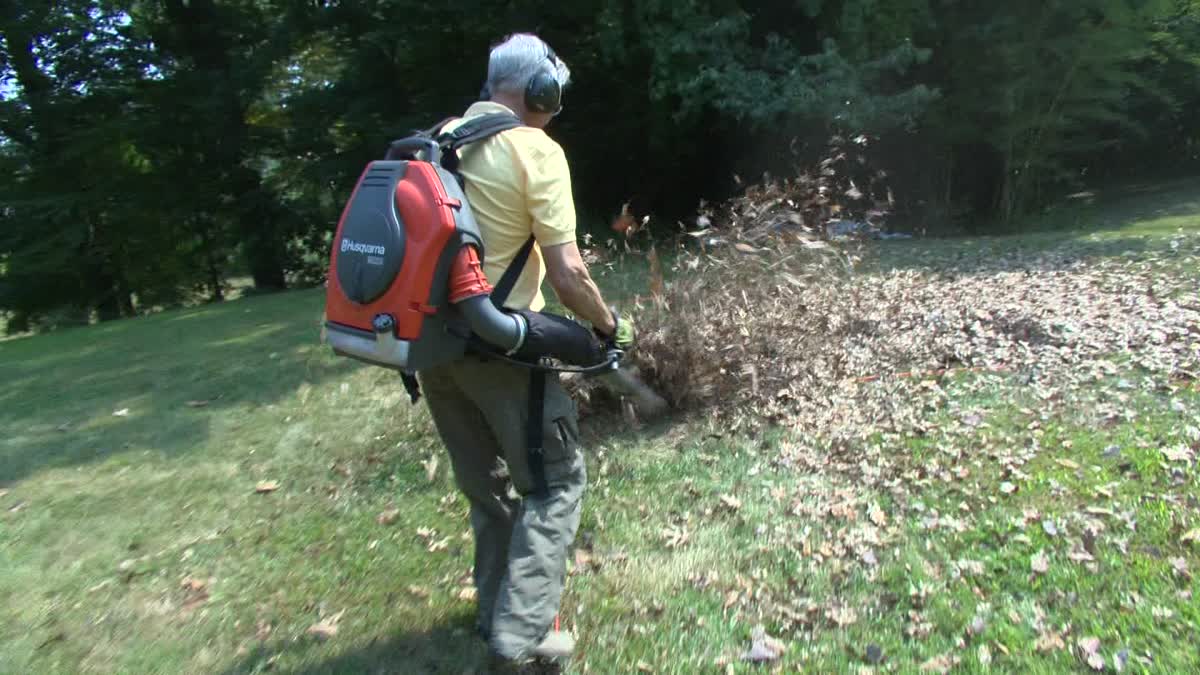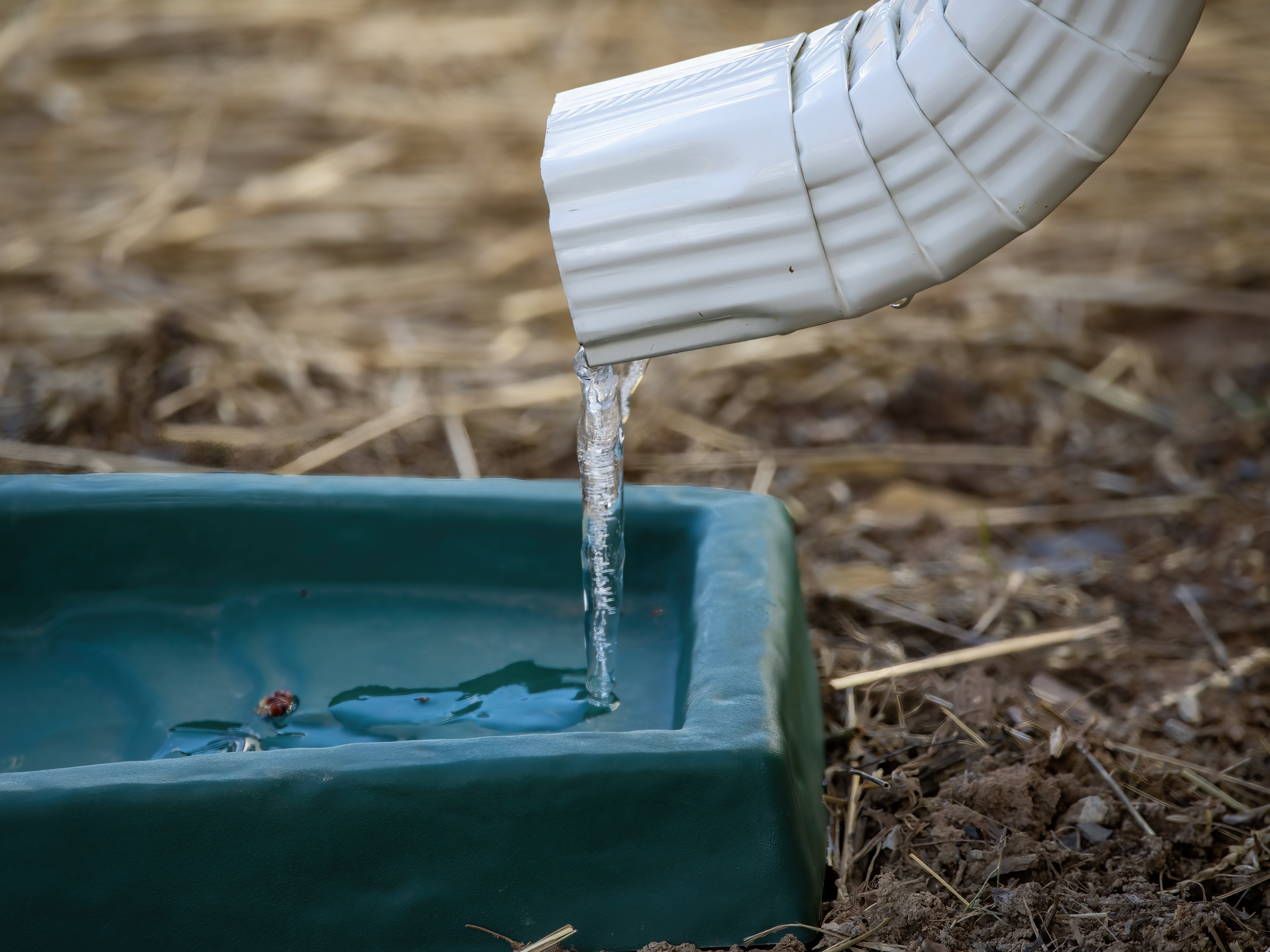Army National Guard Major Michael Ray started every morning with a run around his military bases while serving as a physician’s assistant in Afghanistan and Iraq. The jogs took Ray, a Sheboygan resident, near the smoke billowing from large pits used by the military to burn trash.
Ray said at the time he and most other service members didn’t think much about the burn pits, which included everything from plastic to scrap metal to ammunition, set ablaze with jet fuel.
Now retired, the 61-year-old Ray said he feels more like an 85-year-old. He said he developed a bad cough that lasted close to a year after returning from Iraq. Ray said he eventually paid for a lung biopsy in December 2017, which revealed he has an incurable lung disease called constrictive bronchiolitis.
“That’s the thing about the invisible wounds of war is that you can look normally and feel really horrible,” Ray said.
Ray submitted the lung biopsy information to the Department of Veterans Affairs. However, the VA denied his disability claim.
A spokesperson for the VA told NBC 5 Investigates that VA providers in Milwaukee did three examinations of Ray in March 2015, July 2016 and August 2017. The spokesperson said the 2015 test was reported as normal by a pulmonologist and the record does not show any respiratory complaints at the two additional exams.
Ray has since filed an appeal of his claim with the VA. He said he needs a lung transplant before he turns 65 years old.
Local
“It’s difficult for us to hear the VA run their tests and do their studies and say we can’t find any connection between exposure to these toxic chemicals and these lung damages that’s happening,” Ray said.
According to its website, the VA said at this time, research does not show evidence of long-term health problems from exposure to burn pits.
“I think there are many unanswered questions right now. One is what is causing a problem? I think we still need to better define what the problem is,” said Dr. Drew Helmer of the VA New Jersey Health Care System.
Still, the VA said it is researching the effects of burn pits and that it does approve related claims on a case-by-case basis. The VA said as of August 31, 2018, it has received 9,621 claims from veterans for a burn-pit related disability. There have been 2,193 granted claims with at least one issue that is related to burn pit exposure.
“VA doctors treat all manner of Veterans health issues and the department continually looks at medical research and follows trends related to medical conditions affecting Veterans,” said VA spokesperson Rick Fox.
The United States Congress mandated the VA in 2014 to create a burn pit registry to help document exposure. So far, more than 157,000 Iraq and Afghanistan veterans have reported their exposure to burn pits on the VA’s voluntary registry. A spokesperson for the VA said 980 Chicago-area veterans have already completed the Burn Pit Registry questionnaire.
The Department of Defense said, “when used, open-air burn pits are to be operated in a manner that prevents or minimizes risks to human health and safety of DoD personnel and, where possible, harm to the environment.”
President Trump in September signed a bill into law that would create a VA Center of Excellence to study burn pits and treat exposed veterans. However, it remains unclear where the center will be located or how it would be funded.
Advocates for former service members exposed to burn pits said they want more done now before more veterans get sick or die. They said the government’s recent Center of Excellence effort is admirable, but does not go far enough.
The independent group Burn Pits 360 runs its own burn pit registry and said it’s already heard from more than 6000 veterans who say they are sick from their exposure to burn pits. The group said it’s also heard from more than 120 families who say their loved ones died as a result of the burn pits.
Meanwhile, Dr. Anthony Szema and his team at the Feinstein Institute for Medical Research are working on a potential treatment for veterans and other people living with constrictive bronchiolitis.
“We have specialized techniques to look for special chemicals that get burned so we can detect burn particles in the lung and the metals,” Szema said.
Dr. Szema has applied for funding from the Department of Defense for further studies and hopes to get approval for the drug in the future from the FDA.



